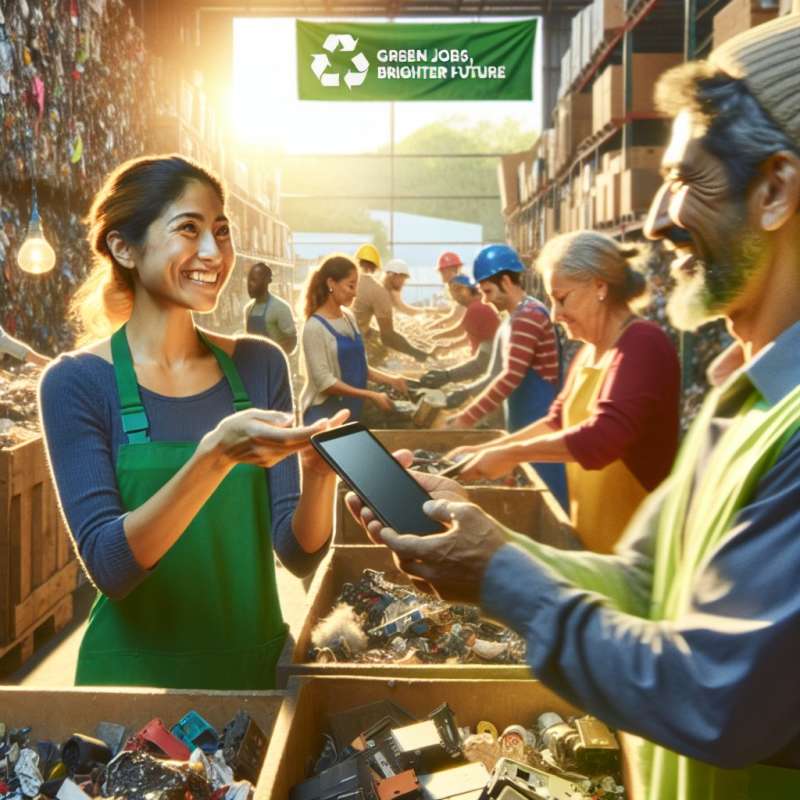
Understanding Direct Recycling
Direct recycling involves processing materials to retain their quality and functionality. This method contrasts with downcycling, which degrades material quality over successive cycles.
Environmental Impact Reduction
Direct recycling drastically cuts carbon emissions and energy consumption compared to producing new materials. It reduces landfill waste, preserving natural resources and biodiversity.
Economic Benefits
Adopting direct recycling can bolster economic growth by creating green jobs. It encourages a circular economy, where product life cycles are extended, benefiting businesses and consumers.
Technological Advancements
Innovative technologies like AI and robotics are revolutionizing direct recycling, enabling precise sorting and processing, which increases the efficiency and purity of recycled materials.
Challenges in Implementation
While promising, direct recycling faces hurdles like high initial costs, lack of infrastructure, and the need for standardized recycling practices across industries and regions.
Case Study: Aluminum
Aluminum is a prime example of direct recycling success; it can be recycled indefinitely without quality loss, saving 95% energy compared to new aluminum production.
Future of Direct Recycling
Advances in molecular recycling where plastics are broken down to their chemical components could revolutionize direct recycling, making it more accessible and efficient.
What is direct recycling?
Material degradation process
Maintains material quality
Recycling without sorting
Company